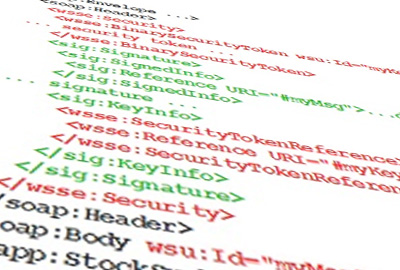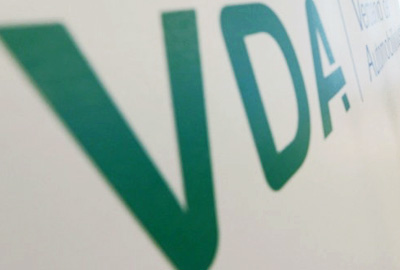EDI formats, message formats, or EDI standards are certain procedures and agreements concerning electronic data interchange that have been developed between companies, through standardization proposals by industry associations, or by other institutions or private sector initiatives. EDI messages must conform to a structure known in advance to the exchange partners so that they can be processed by the recipient. This is also referred to as exchange format. There are countless different structures / exchange formats for EDI messages worldwide. We present only the most important ones here.
Industry solutions as precursors of modern EDI communication
Initial standardization efforts were focused on details. The EDI standards mentioned at the beginning had a clearly defined purpose. The SINFOS ASCII/TXT format, for example, was used to transfer item master data to the SINFOS data pool and for direct connection to the major retail chains. The VDA format of the automotive industry can be classified similarly. These precursors of modern EDI communication made it clear at an early stage that, in addition to the syntactic requirements for an EDI exchange format (clearly defined EDI file structure), the semantic level (EDI message content) is also intrinsically important. Given the technical requirements at the time, the advantages of the first EDI standards (clearly defined EDI structure, fixed field lengths of the data elements, predefined content characteristics) made it relatively easy to realize the necessary implementations, as they were programmer-friendly. In the course of the increasing complexity of the EDI business processes to be mapped, however, these general conditions also caused serious disadvantages: the early standards were not flexible enough in terms of field lengths and scope of content; every extension of an original standard almost immediately took it ad absurdum.
EDI formats today: flexible, cross-industry, and international
If you consider the constant further development of EDI message formats and standards against this background, you’ll quickly understand the high demands placed on a sustainable EDI standard in a rapidly developing, globalized world: high flexibility, coupled with international and cross-industry usability, for the greatest possible benefit of the user. Here you will learn whether and to what extent the most common message formats meet these conditions in today’s circumstances, and in what way the individual standards attempt to do so.
This post is also available in DE.





